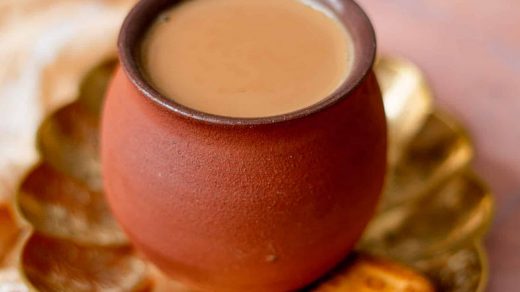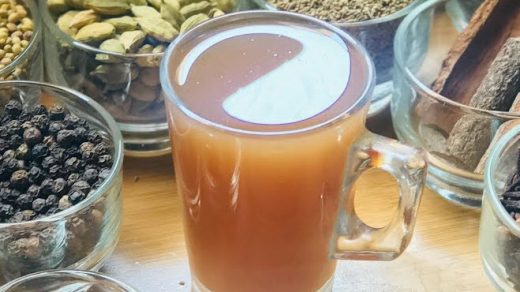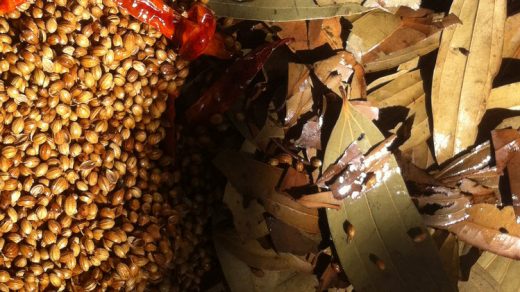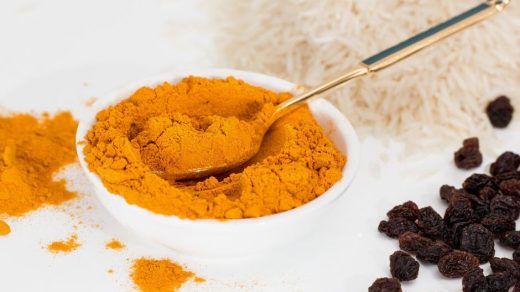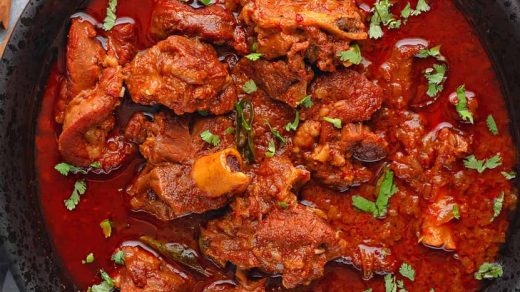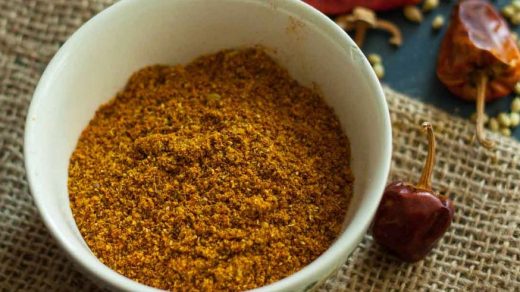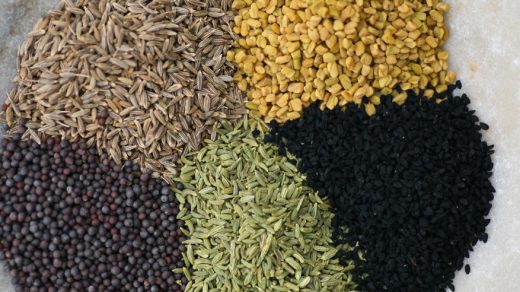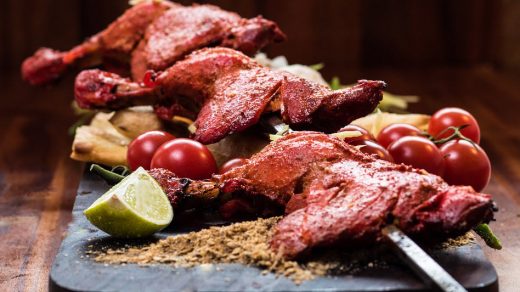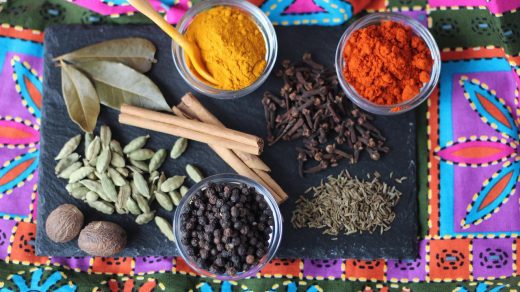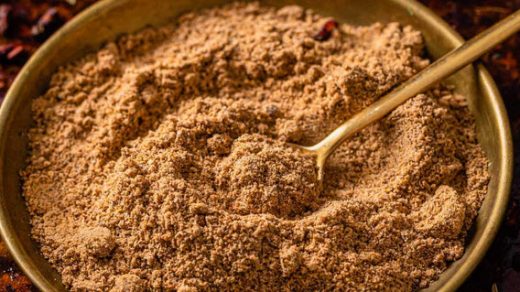Curry, a delectable symphony of spices, herbs, and ingredients, is a culinary treasure that transcends borders. With its roots steeped in history and its flavours unbounded by geography, curry has evolved into an emblem of cultural diversity. This article delves into the multifaceted dimensions of curry – tracing its origins, deciphering its ingredients, exploring regional variations, and appreciating its global impact.
Tracing the Origins
A Historical Tapestry
The term ‘curry’ is believed to have been derived from the Tamil word ‘kari’, meaning spiced sauce. Although the concept of curry is ancient, the term itself was popularized during the British colonial period in India. The allure of aromatic spices led to the global dissemination of curry via spice routes and colonial influences.
The Spice Trail
The intricate blend of spices that form the backbone of curry has been a focal point of trade and exploration for centuries. The fabled Spice Route was not just a trade network but a pathway for exchanging ideas, culture, and cuisine.
Ingredients: The Building Blocks of Curry
Spices: The Quintessence of Curry
The heart of any curry is its spices. From the cumin’s warmth to the coriander’s pungency, each spice imparts a distinctive character. Turmeric, cardamom, cloves, and fenugreek are just a few of the spices that often find their way into a curry.
Proteins and Vegetables: Substance and Texture
Curries may include many proteins, such as chicken, lamb, fish or legumes. Vegetables are also a mainstay, ranging from potatoes and carrots to eggplants and spinach.
Liquids: Creating the Gravy
The body of a curry is often formed by a liquid base. This can be anything from coconut milk, yoghurt, stock, or even water, which melds with the spices and ingredients to form a rich gravy.
Regional Variations: A Canvas of Flavors
Indian Curries
Indian curries are renowned for their depth and complexity. The subcontinent boasts an incredible diversity of curries, from the creamy Butter Chicken of Punjab to the fiery Vindaloo of Goa and the coconut-infused Fish Moilee of Kerala.
Southeast Asian Curries
Southeast Asia has embraced and reinvented curry in its own right. Thai curries, such as Green Curry and Massaman Curry, are celebrated for their vibrant flavours, achieved through fresh herbs, chillies, and coconut milk.
Japanese and British Adaptations
Curry has also found a home in Japanese and British cuisines. Japanese curry (Kare Raisu) is typically a thick stew with a slightly sweet flavour. At the same time, British adaptations such as Chicken Tikka Masala are creamier and milder than their Indian counterparts.
Curry in the Global Culinary Landscape
The Spread of Curry Culture
The ubiquitous presence of curry across the globe is a testament to its versatility and appeal. Whether it’s a comforting bowl of Thai curry or an intricate Indian Rogan Josh, curry continues to captivate palates worldwide.
Curry as a Culinary Connector
Curry, in its essence, is a culinary connector – a medium through which the histories, cultures, and flavours of different regions can be shared and celebrated.
